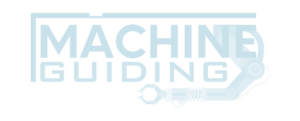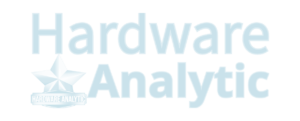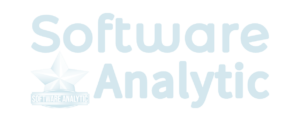SaaS has emerged as a game-changing technology changing how we do business in recent years. This article discusses how SaaS is Revolutionizing the Way We Do Business and the future trends of SaaS solutions.
How is SaaS Revolutionizing the Way We Do Business?
In contrast to traditional on-premise installations, Software-as-a-Service (SaaS) refers to software application delivery over the Internet. Businesses can now operate more securely, cost-effectively, and efficiently. SaaS is changing the business landscape in the following ways.
Cost Savings
One of the major advantages of SaaS is the cost saving. Businesses must make costly investments in hardware and infrastructure to support traditional on-premise software. Furthermore, they pay for progressing upkeep and move up to keep the product chugging along as expected. With SaaS, organizations can access programming applications through an internet browser, removing costly equipment and framework requirements. Instead, they pay a subscription fee to access the software, which typically comes much lower than purchasing and maintaining traditional software.
Flexibility
Businesses can also take advantage of the high degree of flexibility SaaS provides. With conventional programming, organizations regularly buy licenses for a particular number of clients, and it can be restrictive if they need to scale up or down quickly. Businesses can easily add or remove users with SaaS, making it much simpler for them to adapt to shifting business requirements.
Improved collaboration
SaaS also encourages employees to work together. Employees typically must be on the same network to access traditional software and share files. Employees can access applications from any location via an internet connection, simplifying project collaboration and file sharing.
Enhanced security
Typically, software application security is the responsibility of SaaS providers, which implies that organizations that utilize software solutions can profit from improved security without putting resources into costly security foundations. Cloud software suppliers normally have the mastery and assets to carry out strong safety efforts, including encryption, access controls, and ordinary security reviews.
Faster innovation
Compared to traditional software vendors, solution providers are typically also able to innovate and release new features and updates more quickly. They can simultaneously roll out new features to their customers and update the software running on their servers. As a result, SaaS-based businesses can take advantage of the most recent software updates and features more quickly than traditional software-based businesses.
Future Trend of SaaS Solution
There are exciting trends and developments in the future of SaaS that have the potential to assist businesses in becoming more secure, productive, and efficient. The fate of cloud software arrangements is brilliant, with many invigorating patterns and improvements not too far off. Below are some of the most important upcoming trends to explain.
Machine Learning (ML) and Artificial Intelligence (AI)
SaaS suppliers are progressively integrating computer-based intelligence and ML capacities into their solutions, empowering organizations to robotize undertakings, gain bits of knowledge from information, and pursue better choices. AI and ML can assist software solutions in becoming more intelligent, personalized, and predictive, resulting in increased productivity and superior outcomes.
Low-code/No-code platforms
The suppliers are making it simpler than at any other time for non-specialized clients to fabricate and redo their applications with low-code or no-code stages. These stages permit clients to move parts, layouts, and reconciliations to make custom arrangements without requiring coding abilities.
Hybrid and multi-cloud solutions
Cloud software providers are creating solutions that can operate seamlessly across multiple platforms as businesses increasingly adopt multi-cloud and hybrid cloud strategies. Businesses can take advantage of the cost-effectiveness, scalability, and flexibility offered by various cloud architectures as a result of this.
Security and Compliance
The providers focus on improving their security and compliance capabilities in response to growing cybersecurity and data privacy concerns, which include adhering to industry standards and regulations like GDPR and HIPAA and implementing stronger encryption, access controls, and monitoring tools.
Collaboration and integration
The solution providers recognize the significance of integration and collaboration in today’s interconnected business environment. Consequently, they are working on solutions that can easily integrate with various other platforms and applications, allowing them to streamline business workflows and increase productivity.
Conclusion
SaaS is a revolutionary technology altering our business practices. Businesses using cloud software solutions can run their operations more effectively, cost-effectively, and securely than ever. As information technology develops and improves, cloud software solutions will become increasingly important in the business landscape. It is essential to keep updated with the most recent SaaS trends and select solutions that can assist businesses in achieving their business objectives, regardless of the size of the companies.
Read: Digital Transformation trends with Powerful Enterprise Software











